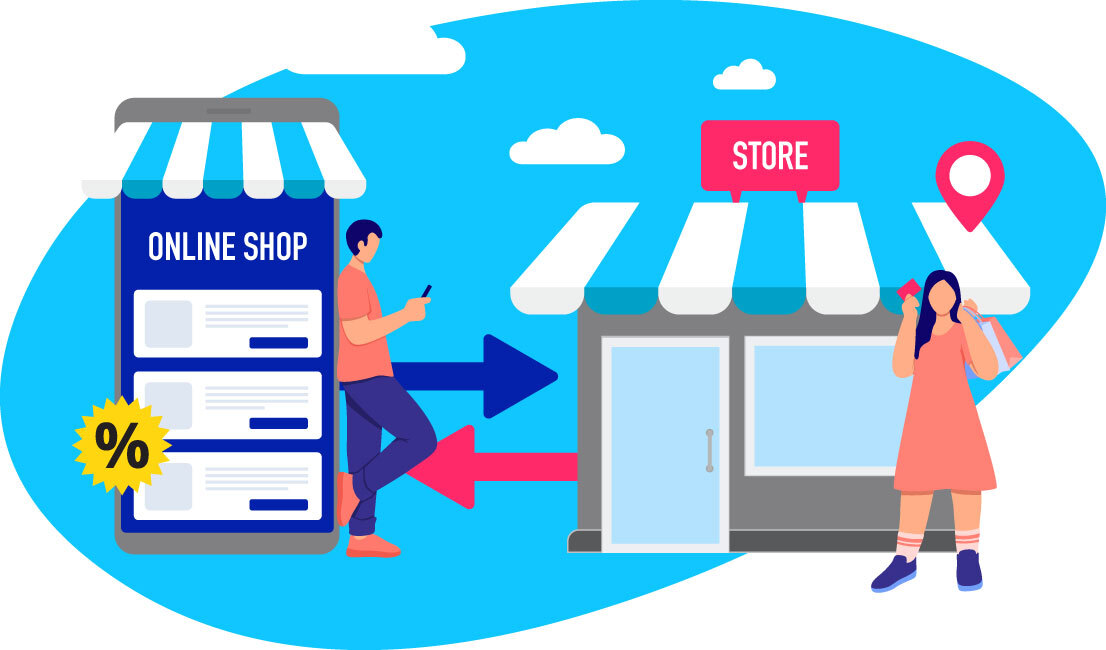4 min read
The success of digital media services including over-the-top (OTT) platforms like Netflix and Amazon Prime, as well as news publishers like The New York Times, have proven that traditional cable and the prints are no longer the only way audiences consume content.
Enabled by technology, the shifting audience demands for what, when and where they consume content have driven incredible growth in the digital media market over the past few years.
About 10.2 percent of the global population (765 million) will use a subscription OTT video service at least once per month in 2018, and the global OTT market will grow by 24 percent thanks to increasing internet penetration, faster speeds and a broader shift toward internet entertainment, according to eMarketer.
For instance, Netflix has recorded a robust 34 percent year-over-year (y-o-y) revenue growth to US$4 billion driven by the growth in subscribers across both the US and international streaming markets. The latter saw the subscriber base increase by 40 percent y-o-y.
On the news media side, Deloitte estimates that by the end of 2020, the proportion of subscription to advertising revenue for publishers will be 50:50 in digital. This split was still 10:90 just in 2012.
As digital media platforms continue to gain popularity, the competition for subscription dollars will only get even more fierce, therefore, how to better connect with audiences and make them stick to your platform is becoming increasingly challenging.
Understanding What Content Your Audiences Are Interested In
To increase subscriptions and renewals, you need to increase user engagement to maximize viewers’ time spent on your platform. The more content they consume, the more likely they will stick to the platform.
However, marketers don’t always have enough information on the kind of content that a viewer is interested in, especially for new users who tend to have short attention spans, and showing them vanilla content leads to bounces. So, it is vital to show them the most engaging content in their genre of interest.
Understanding your audience’s interest is also important for engaging existing subscribers and the ones who are about to or have unsubscribed. The game comes down to making the most relevant recommendations based on their interest and behavior.
This is where you can leverage AI to understand viewer interests outside your own platforms, which is particularly helpful for new viewer engagement. For instance, by using AI-powered marketing automation tools like AIQUA, you can identify a new user Roger as a lover of sci-fi films while another new user Emma being a fan of comedies. With such information at hand, you can customize the landing page of your app and website to display personalized content on their very first visit and to maximize engagement.
For existing subscribers and those who have unsubscribed, you can use AI to recommend the best content based on both their internal and external interests. For example, the sci-fi fan Roger has also been searching for drama and documentaries recently, therefore you can make recommendations based on these topics to keep him hooked.
In the other case, if Emma unsubscribed, AI can help you discover her change of interest from comedy to period drama, detected by keywords she uses on external sites. You can then reach out to her through different channels such as app push, web push and email with recommendations based on her new interests.
It is no secret that one of the key ingredients of Netflix’s success is using recommendations driven by machine learning algorithms to encourage viewers to watch more shows. More than 80 percent of the TV shows people watch on Netflix are discovered through the platform’s recommendation system.
Understanding When and Where to Reach Out in an Engaging Way
In the digital media business, companies offer content across multiple devices to meet audiences’ changing needs. So, it’s critical to identify each viewer’s behavior across devices at different times for your messaging to avoid poor engagement.
AI cannot only help detect such changing behavior, but also predict the optimal time to send a personalized message to your audience. For instance, based on the available data, AI can find out that Emma uses her mobile phone on the train while traveling to work, her PC in the office at lunch hour and a tablet at home in the evening to watch a comedy series.
With this insight, you can leverage marketing automation tools like AIQUA to enable cross-device engagement and provide an omni-channel experience by synchronizing your message on different platforms, such as app, web, email, SMS and LINE messenger.
Also, apart from personalizing the content of the message, you also want to make sure your message is visually appealing by using different creative formats such as carousel push to capture your audience’s attention.
Today’s audiences are willing to visit the app and website on a daily basis, and even multiple times a day. This has offered marketers an opportunity to fully optimize their messaging through the skillful utilization of data. By leveraging advanced technologies such as automation and machine learning, marketers are able to grab hold of the best opportunities to deliver relevant, well-timed content on the right channel.



